 Jordan has been experiencing food insecurity challenges due to multiple factors, such as water scarcity and slow economic growth. As a result, many Jordanians struggle to afford food for themselves. Food insecurity is a pervading problem in Jordan because 63% of its population is under 30 years old, a generational issue. However, young Jordanians have discovered new ways to cleverly tackle food insecurity in their country without successful government policies. The United Nations Children Fund (UNICEF) and The World Food Programme (WFP) have recently established the Youth in Food Security Innovation Programme, which gathers young Jordanians who confront food insecurity via innovation.
Jordan has been experiencing food insecurity challenges due to multiple factors, such as water scarcity and slow economic growth. As a result, many Jordanians struggle to afford food for themselves. Food insecurity is a pervading problem in Jordan because 63% of its population is under 30 years old, a generational issue. However, young Jordanians have discovered new ways to cleverly tackle food insecurity in their country without successful government policies. The United Nations Children Fund (UNICEF) and The World Food Programme (WFP) have recently established the Youth in Food Security Innovation Programme, which gathers young Jordanians who confront food insecurity via innovation.
Food insecurity has become the central issue amongst citizens in the developing world primarily due to the COVID-19 pandemic, the Ukraine-Russia war and economic decline. This made tackling food insecurity in developing countries more challenging especially given the vulnerability of the governments. Therefore, citizens living in the developing world are compelled to find effective alternative methods to feed themselves, their families and their fellow citizens. The innovations in tackling food insecurity presented by these young Jordanians highlight new ways to reduce hunger quickly. The key is to discover the latest methods and adopt them as official development policy.
The Current Food Insecurity Situation in Jordan
The food insecurity situation in Jordan worsened because of the COVID-19 pandemic as it “has affected sustainable development efforts.” On February 28, A U.N. policy brief on Jordan’s food security strategy stated that 53% “of Jordanians are vulnerable to food insecurity” while 3% of Jordan’s households are struggling with food insecurity. Jordan is also facing water scarcity which can heavily impact its agriculture since it absorbs more than 50% of water in order “to produce 45%” of Jordan’s agriculture. The country relies on young Jordanians who confront food insecurity via innovation to solve the hunger issue.
Aya Kreik: The Soil as a Sustainable Source of Food
One of the young Jordanians confronting food insecurity via innovation is Aya Kreik, an architecture student living in Jordan’s capital city, Amman. Aya is part of a team that “succeeded in converting farm waste into organic fertilizers rich in nutrients.” This innovative method revived the soil and compelled farmers to stop using chemical fertilizers. Furthermore, the soil would “retain water in a large proportion,” reducing water irrigation in a water-scarce country. This method that Aya and her team created produces more organic food for Jordanians, which helps tackle food insecurity while promoting environmental sustainability.
Alaa and Nourhan: Plants that Self-Feed
Alaa (Banking and Finance student) and Nourhan (Business Intelligence student) are also young Jordanians who confront food insecurity via innovation. The students teamed up to build a start-up enterprise that specializes in producing “self-watering and self-feeding plants.” This is done by transforming “moisture in the air into pure water” via a type of hydrogel that is made up “of self-absorbing polymers.” This method allows for the availability of more water that produces more food at a time when Jordanians are struggling to find water and food.
Conclusion
Jordan, as with many other Middle Eastern countries, is experiencing severe food shortages and high prices for food items due to COVID-19 and the Ukraine-Russia war. However, despite the seemingly insurmountable odds, Jordanians have proven that tough challenges can be easily overcome via innovation and creativity. The innovative methods the young Jordanians have presented to the world are helping Jordan solve its food insecurity problem by producing healthy organic food that contributes to environmental sustainability. The creative methods show the world that solving development issues and policies in the developing world requires intelligent solutions. In other words, the world may be closer to ending hunger than before.
– Abdullah Dowaihy
Photo: Flickr
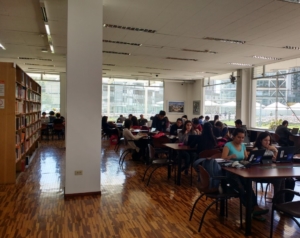
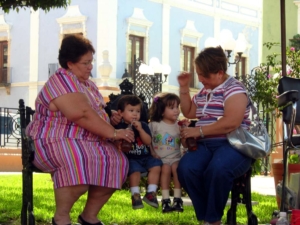 Toward the end of 2021,
Toward the end of 2021, 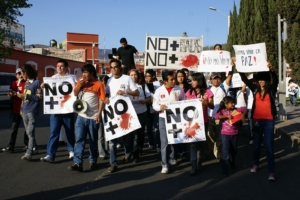 Since the Mexican government declared war against drug cartels in 2006, nationwide violence between cartels, police and the military has been taking a steep toll. The
Since the Mexican government declared war against drug cartels in 2006, nationwide violence between cartels, police and the military has been taking a steep toll. The 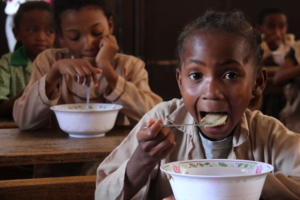 The COVID-19 pandemic forced schools across West Africa to shutter their doors. These widespread school closures had a deleterious effect on the education and well-being of western Africa’s most vulnerable children. Youth were not only deprived of an education but also a chance to receive a meal through their country’s school feeding program. As schools gradually reopened as COVID-19 rates subsided, school feeding in West Africa provided an avenue for children to
The COVID-19 pandemic forced schools across West Africa to shutter their doors. These widespread school closures had a deleterious effect on the education and well-being of western Africa’s most vulnerable children. Youth were not only deprived of an education but also a chance to receive a meal through their country’s school feeding program. As schools gradually reopened as COVID-19 rates subsided, school feeding in West Africa provided an avenue for children to  In late June 2022, the CDC and FDA approved the emergency use of COVID-19 vaccines for young children such as Pfizer and Moderna for children ages
In late June 2022, the CDC and FDA approved the emergency use of COVID-19 vaccines for young children such as Pfizer and Moderna for children ages 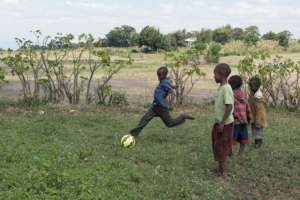 The Chilean poet Pablo Neruda once said that “a child who does not play is not a child.” Play, as defined by the
The Chilean poet Pablo Neruda once said that “a child who does not play is not a child.” Play, as defined by the 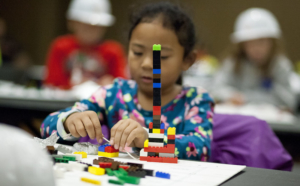 Small towns do not often get credits for great deeds, but some of the best things in life come from the most unexpected places. This is the case for the Happy Factory which began in the small town of Cedar City, Utah. What started out as a hobby for the founders after retirement has grown to help children in poverty, children dealing with sickness and children living in the midst of violence. These toys have brought happiness to many when everything else seems so dark. The hope of toys could mean all the world to every child they reach.
Small towns do not often get credits for great deeds, but some of the best things in life come from the most unexpected places. This is the case for the Happy Factory which began in the small town of Cedar City, Utah. What started out as a hobby for the founders after retirement has grown to help children in poverty, children dealing with sickness and children living in the midst of violence. These toys have brought happiness to many when everything else seems so dark. The hope of toys could mean all the world to every child they reach.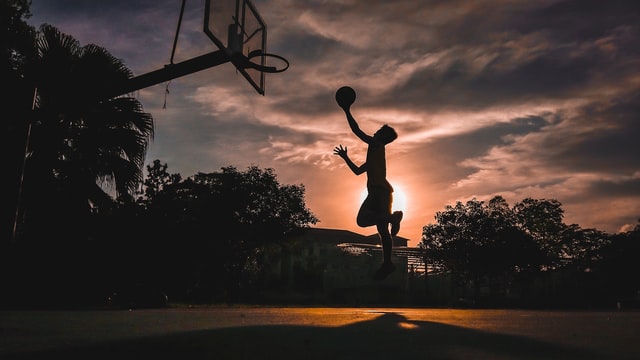 For the past several seasons in the NBA, there has been a bright, blinding and rising star who has continued to awe and engage hearts across the world year after year: Giannis Antetokounmpo. But what makes the “Greek Freak” so incredible is not only what he has been able to do on the court, but also his experience and devotion to those off the court and back in his home country of Greece through the AntetokounBros Academy.
For the past several seasons in the NBA, there has been a bright, blinding and rising star who has continued to awe and engage hearts across the world year after year: Giannis Antetokounmpo. But what makes the “Greek Freak” so incredible is not only what he has been able to do on the court, but also his experience and devotion to those off the court and back in his home country of Greece through the AntetokounBros Academy.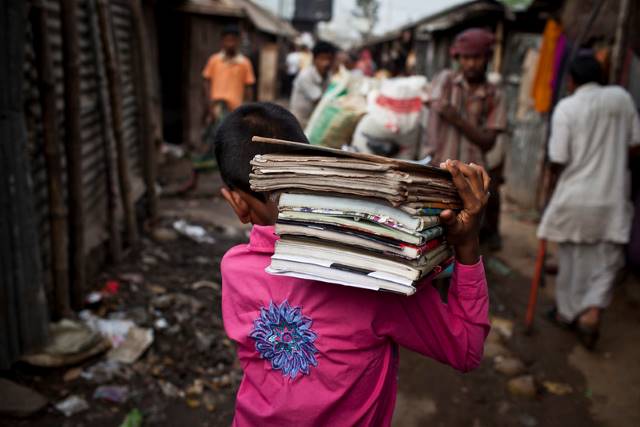 In a speech given at a Boston high school in 1990, Nelson Mandela said, “Education is the most powerful weapon which you can use to change the world.” For many of the world’s impoverished, education is not an option. Today, more than 72 million children of primary education age are not in school and nearly
In a speech given at a Boston high school in 1990, Nelson Mandela said, “Education is the most powerful weapon which you can use to change the world.” For many of the world’s impoverished, education is not an option. Today, more than 72 million children of primary education age are not in school and nearly 